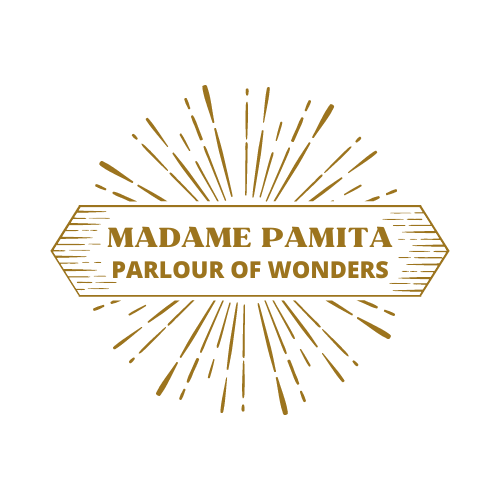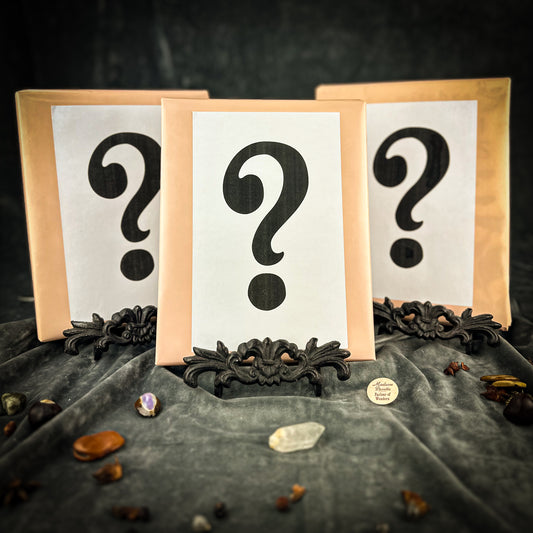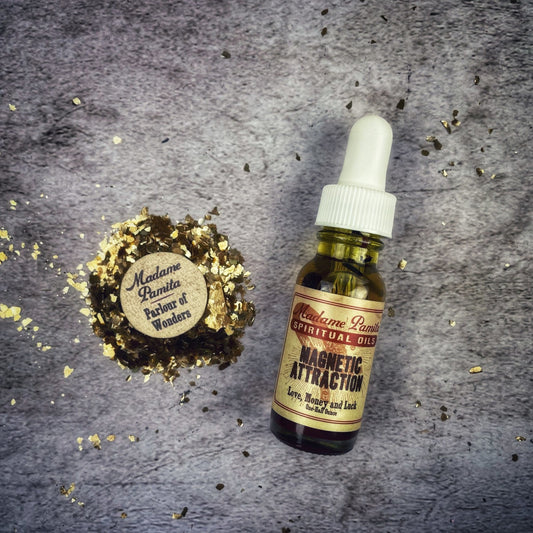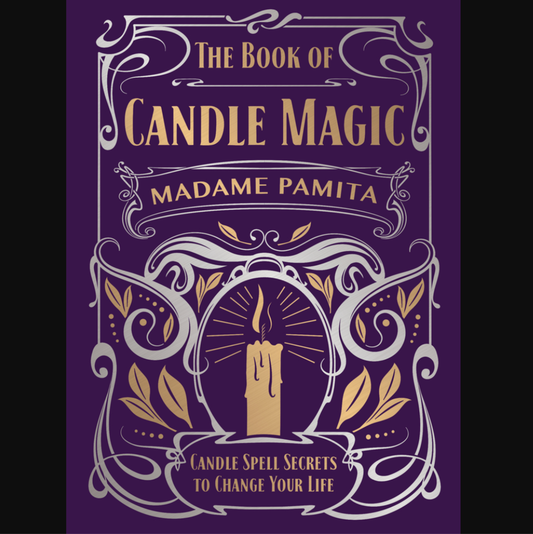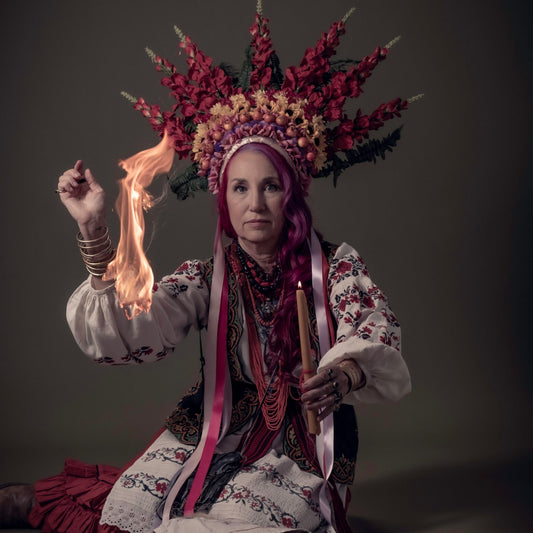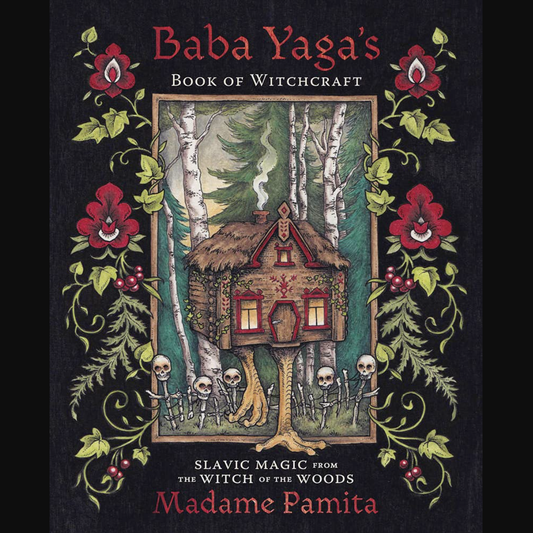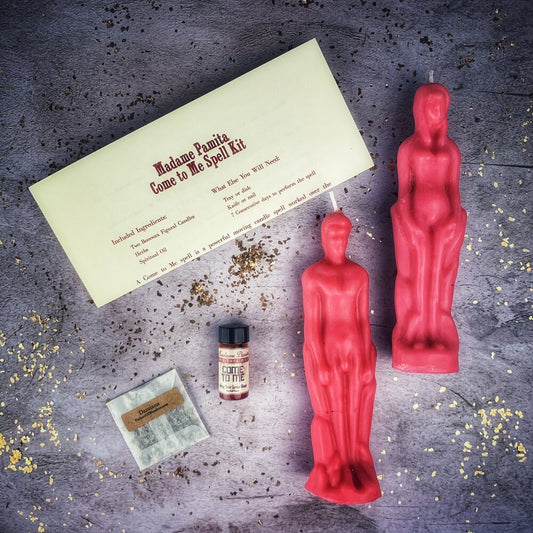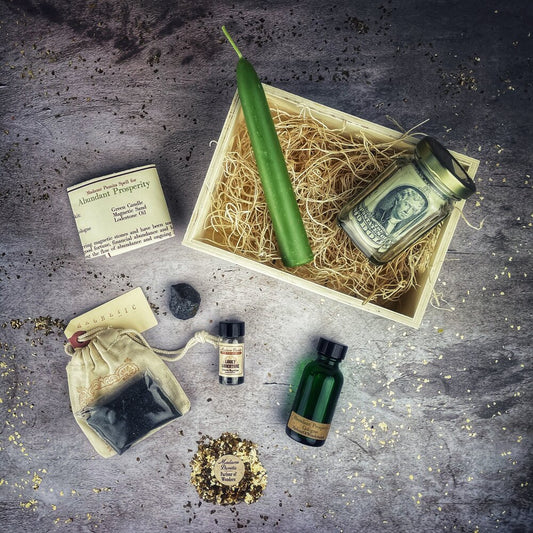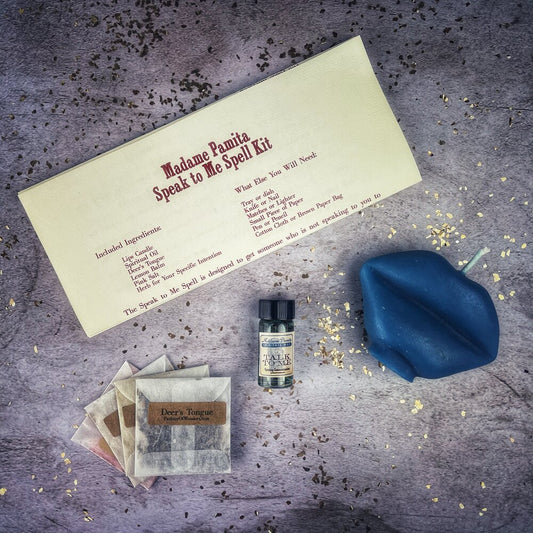
Rusalky: The Mysterious Mermaids of Abundance
Share
Rusalky: The Mysterious Mermaids of Abundance
The waters of the rivers, lakes, and marshes in Ukraine are more than a home to fish and frogs, they are the places where the mysterious water nymphs called the rusalky live.
These nature spirits, sometimes referred to as mavky, appear in the guise of beautiful young women, scantily-clad in gauzy shifts or wearing nothing at all. They can be seen seductively swimming or playfully romping in the water, wearing wreaths of flowers or sedge in their long hair. They gather together to do folk dances, sing, giggle, gossip and wash their clothes on the river bank or spin yarn to make magical garments for themselves.
While similar to mermaids and sirens in many ways, the rusalky have legs instead of fishtails and resemble human women in every way except for their otherworldly pale skin and the green tint to their damp hair. They are mostly seen in the water but they can also be found sitting in the branches of trees or on swings made from low-hanging boughs, asking passersby to give them clothing. People who encounter the rusalky or wish to honor them leave offerings of cloth, handkerchiefs, rags, or skeins of thread on the branches of trees where they are known to dwell.
Rusalky are often found admiring their reflections in still waters or stroking their long, unbound hair with magical combs. If a rusalka’s hair becomes dry, she dies, so they generally congregate in or near watery places or, if they travel over land, they bring their combs with them. A rusalka can produce a torrent of water by passing her comb through her hair, both watering the land and keeping herself alive.


The Rusalka as Trickster Spirit
As nature spirits, rusalky can be capricious in their interactions with humans. Just like a beautiful flowing river or the deceptively still waters of a lake, their alluring looks and charming ways may lead to danger for people who don’t treat them with a respectful distance.
If a person decides to bathe in a river on one of the rusalky holy days without paying them proper respect, they might find one inviting them to take a swim only to drown them. Or she might clamber up onto the shore and playfully tickle her hapless victim to death.
In recent centuries, people believed that these tricksters were the unquiet spirits of women who had drowned. Or girls who died before they were baptized. But the real story of the rusalky is far older and infinitely more magical.

The Rusalka as Fertility Goddess
Before the 1800s, instead of merely vengeful ghosts, the rusalky were respected as guardian spirits of the water. They lived in the rivers and lakes through the fall and winter. Then they emerged in the spring and summer to bring their life-giving moisture and fertility to the fields.
The rusalky would wander onto land to bless the fields of flowering rye with their beautiful singing and joyful clapping of their hands and, if they were pleased with the offerings given to them, they would create an abundant crop. The waving of the stalks would indicate where they were dancing and could be seen as a positive sign of their visit. However, if they had been disrespected or were displeased for some reason, they might send bad weather or some other blight to the fields.


Mermaid Guardians of the Sacred Waters
The spirits of the water and water itself were viewed with reverence by the ancient people of Ukraine. All water was thought to come from a miraculous source offering both healing and nourishment to the people. Magical waters, such as the legendary “water of life and death,” could heal mortal wounds or bring a corpse back to life.
Sacrifices and offerings were made to the spirits of sacred wells and waters. Cloths and ribbons were tied to trees near wells. Food, money, and even jewelry were thrown into waters as gifts for the water spirits. In return, the spirits and the waters would provide healing and blessings.

The Holy Days of the Rusalky
The early summer festival of Rusallia is the festival honoring the rusalky. It is during this time when the rye is blooming that their feasts of fertility are celebrated. Originally, this festival (Rosalia) was the Roman festival of the roses but later was the week to honor the rusalky. Later still, it was folded into the Christian “Trinity Week” held 50 days after Easter.
To prepare for the festival sometimes known as zeleni sviata (“green feast”), houses are traditionally decorated with the green branches of early summer. Linden, birch, and maple branches are hung around the house. Floors are covered with fragrant grasses such as wormwood and calamus.
During this holy week, it is forbidden to perform any work. Particularly sewing, washing linen, or weaving fences as these are offensive to the rusalky who are known for being weavers and washers. Those who disregard this are punished by the loss of their cattle and poultry.
Young people circle the fields carrying torches and decorate the land with green boughs as offerings to the rusalky to prevent weather damage and ensure fertile crops. Wreaths are hung in barns, green branches are used to decorate the horns of cattle, and the smoke from burning herbs is used to fumigate livestock to protect them from malevolent forces.
Revels to Honor the Rusalky
At this magical time, young single men and women meet in the fields, in the forest, or near streams. They come bringing food and carrying trees decorated as doll-effigies as offerings. To ensure the fertility of the land, young women dress up as rusalky. Wreaths are woven, songs and dances honoring the rusalky are done, and the men and women indulge in erotic games. Young women offer garlands to the rusalky, asking for loving husbands. Or float wreaths on the water to divine whether they are to marry in the year.
During these revels, the rusalky leave the water to dance, sing, and bless the fields and forests. They traverse between water and land until the end of June, and during these weeks, many people hear their voices in the rustling of the breeze or their dancing footsteps in the splash of running water.
In midsummer, the rusalky dance by the light of the moon. Evidence of these nighttime dances can be found in circles of darker, richer grass in the fields. Rusalky roam back and forth between the land and water until the frosts of winter, when they return to the water before it freezes over.

Rusalky as Ancestors
Some view the rusalky as ancestors who have passed into spirit form and so rituals honoring the dead are another part of the week of Rusallia. Food and drink are placed on the graves of those who have passed on. Particularly those who have died before their time. Pancakes and red eggs are left on gravesites and horilka or other spirits poured over the graves. All while songs and incantations asking the rusalky to assist the souls are sung.
Queen Rusalka,
Maiden fair,
Do not destroy the soul,
Do not cause it to be choked,
And we will make obeisance to thee.


Honoring the Rusalky
If you wish to honor the rusalky you can do so by making offerings. Pick flowers and create a wreath to float on the water. Decorate your garden or your home with green tree branches. Engage in some playful eroticism. Drop money, delicious food, or another nature-respecting offering in a body of water that is sacred to you. Tie ribbons or colorful pieces of linen to a tree, particularly a tree near water. Clean up a riverbank or shore to show respect for their home.
Once you’ve made your offering, sit by the water, close your eyes, and listen for their laughter or their dancing. If they are pleased with your gifts, the rusalky will bless you with abundance, joy, and health.
Want to learn more about Slavic Magic? Check out Baba Yaga's Book of Witchcraft! And check out my podcast, Baba Yaga's Magic.
